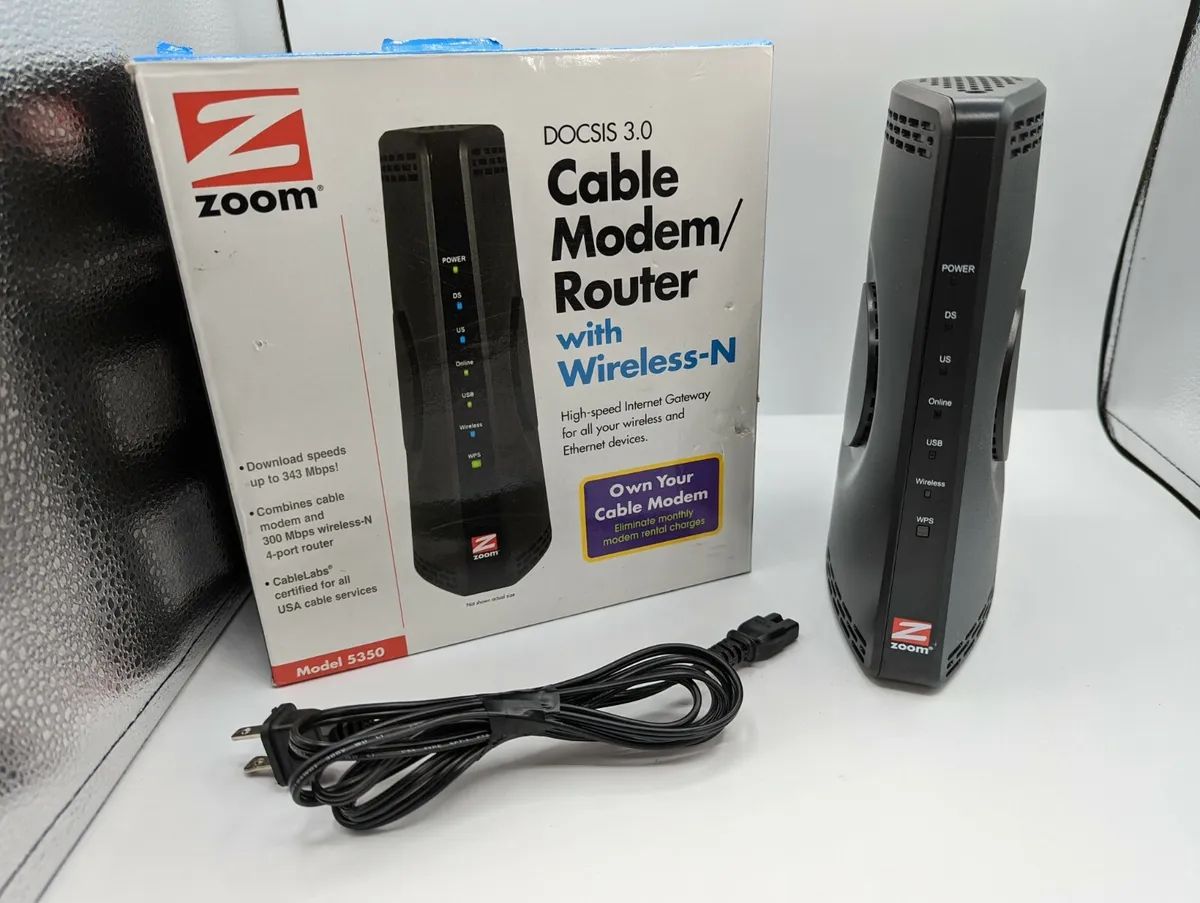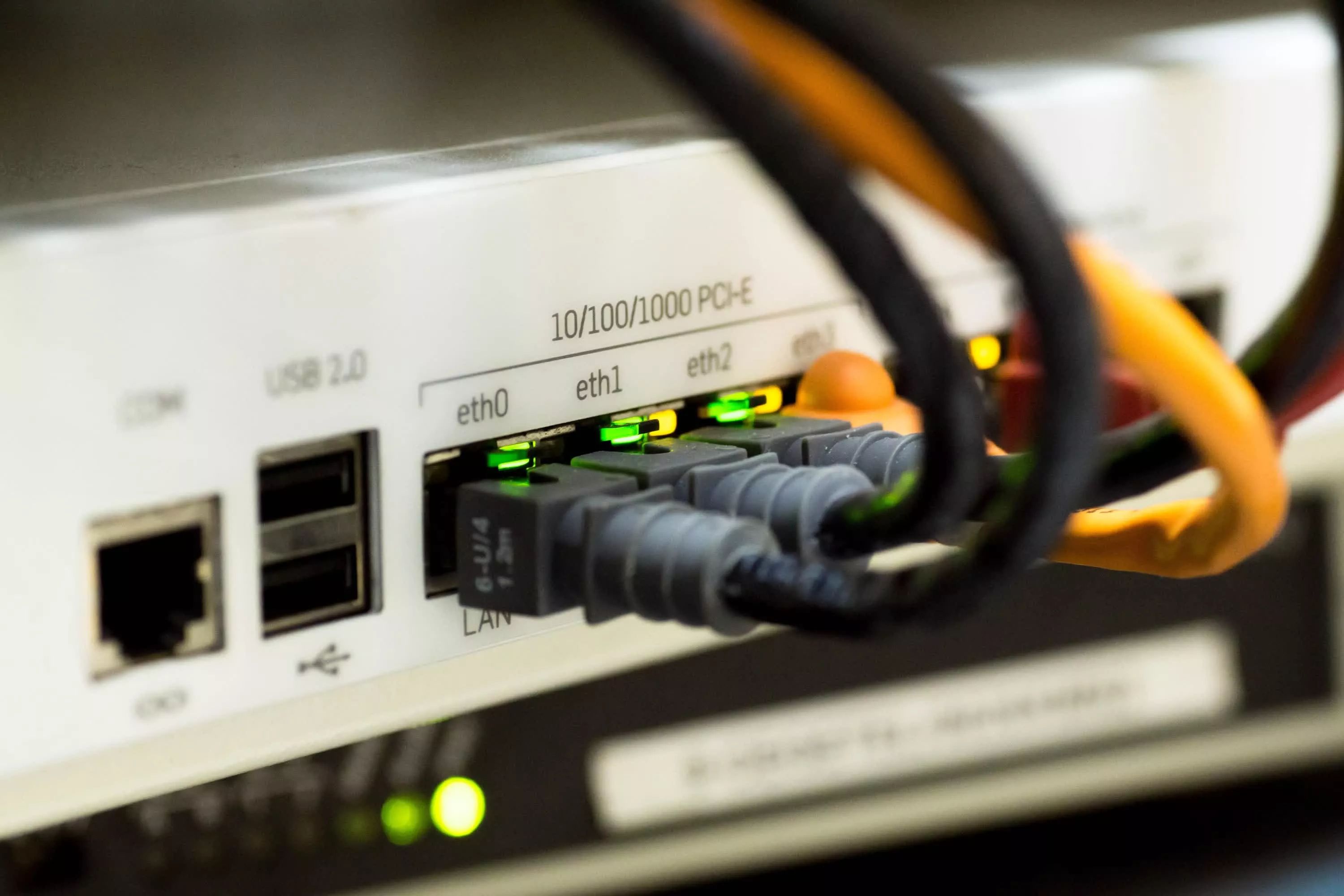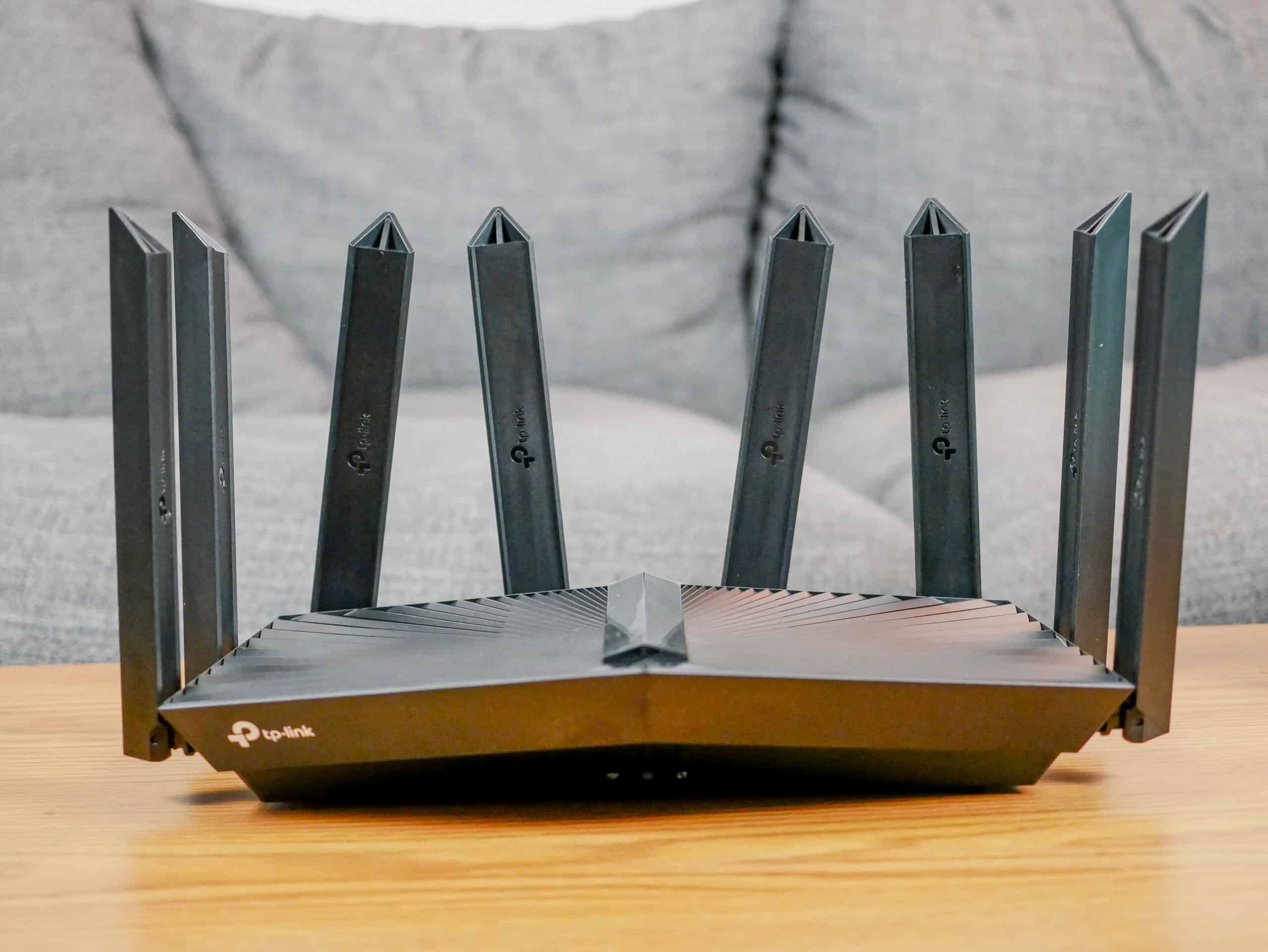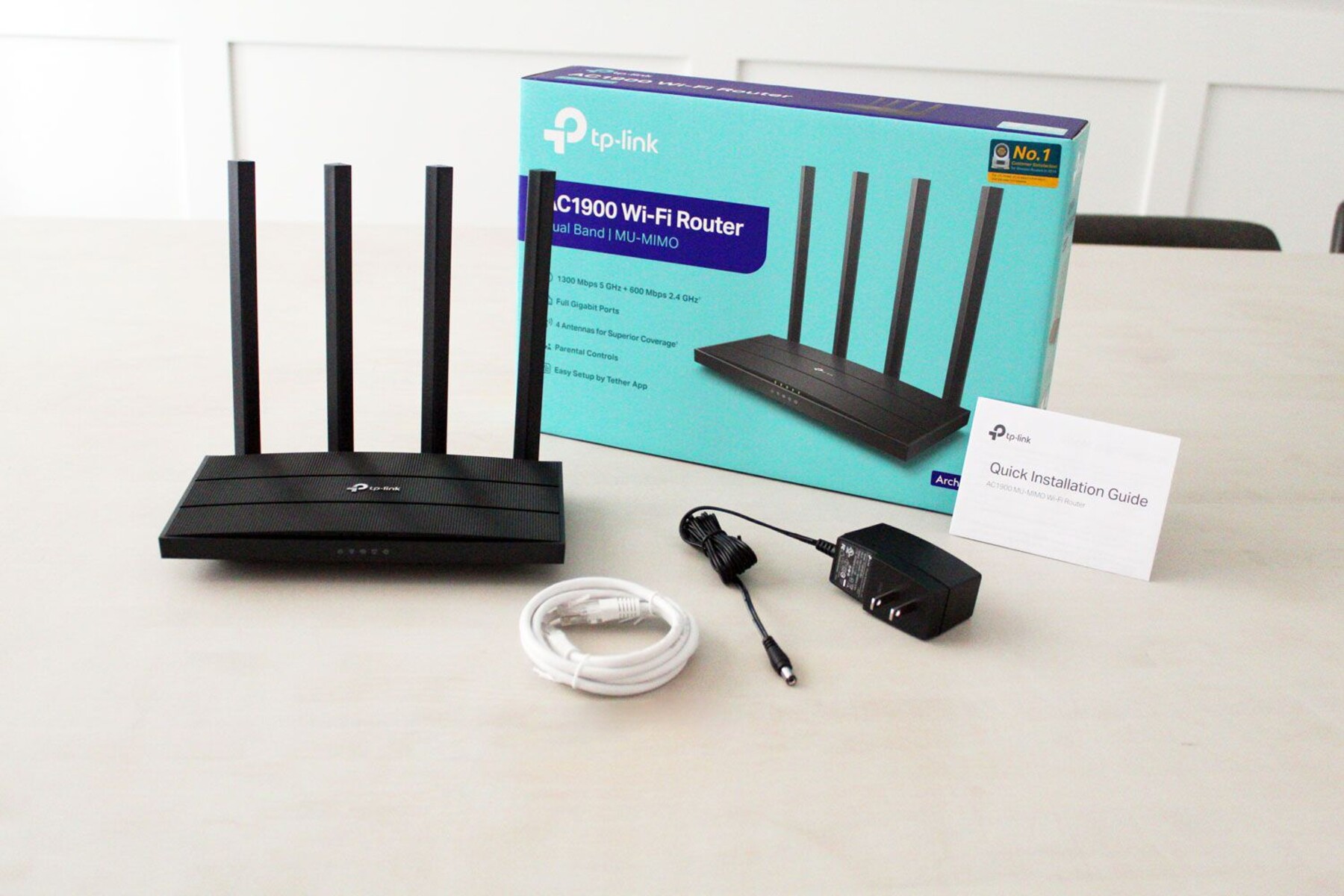Introduction
Online gaming has become increasingly popular, with millions of players around the world enjoying immersive experiences and competitive gameplay. However, nothing can be more frustrating than lag, slow connections, and interruptions during a crucial gaming moment. These issues can be detrimental to the overall gaming experience and can even lead to a significant disadvantage in online matches.
To address these connectivity challenges, it’s crucial to understand and implement Quality of Service (QoS) settings on your router. QoS is a network management feature that prioritizes internet traffic based on its importance and the specific needs of applications, such as online gaming.
In this article, we’ll delve into the significance of QoS for online gaming, discuss the different types of QoS, and guide you through the process of setting it up on your router. By optimizing your network for gaming, you can enhance your online gaming experience, minimize lag, and enjoy smoother gameplay.
So, whether you’re a casual gamer or an aspiring professional, let’s explore how setting up QoS can take your online gaming performance to the next level.
What is QoS?
Quality of Service (QoS) is a networking concept that refers to the ability of a network to prioritize and manage different types of traffic based on their specific requirements. In the context of online gaming, QoS allows you to allocate bandwidth and prioritize gaming traffic over other less time-sensitive activities on your network.
QoS works by assigning different levels of priority to various types of internet traffic, ensuring that critical data, such as gaming packets, are delivered quickly and with minimal latency. By implementing QoS, you can optimize your network and ensure a smoother online gaming experience.
QoS operates by using specific algorithms and techniques that prioritize different packets based on factors like bandwidth usage, delay sensitivity, and packet loss rate. This enables more efficient use of the available network resources and reduces network congestion, which can significantly impact online gaming performance.
Without QoS, network traffic from diverse applications, such as online gaming, video streaming, file downloads, and web browsing, compete for the same bandwidth, leading to possible network congestion. In such cases, gaming packets may experience delays or interruptions, resulting in lag and a subpar gaming experience.
It’s important to note that QoS functionality can vary depending on your router and its firmware. Some routers offer basic QoS capabilities, while others provide more advanced features such as traffic prioritization, bandwidth limitations, and application-specific settings. Understanding the QoS functionality and capabilities of your router plays a crucial role in setting up an efficient online gaming environment.
Why is QoS important for online gaming?
Online gaming requires a stable and responsive internet connection to ensure a seamless gaming experience. However, the reality is that our home networks are often shared among various devices and activities, resulting in limited bandwidth availability. This can lead to network congestion and increased latency, negatively impacting online gaming performance.
This is where QoS becomes crucial. By implementing QoS on your router, you can prioritize gaming traffic, ensuring that it receives sufficient bandwidth and lower latency compared to other non-essential applications or devices connected to your network.
QoS plays a vital role in optimizing network performance for gaming by reducing lag, minimizing packet loss, and improving response times. Here are a few key reasons why QoS is important for online gaming:
- Reduced Lag: Lag, also known as latency, is the delay between when you input a command and when it is executed in the game. QoS assigns higher priority to gaming traffic, reducing the time it takes for packets to reach their destination. This leads to a smoother gaming experience with minimal lag.
- Minimized Packet Loss: Packet loss occurs when data packets fail to reach their intended destination, often due to network congestion. With QoS, gaming packets are given preferential treatment, ensuring minimal packet loss and providing a stable connection for online gaming.
- Improved Response Times: QoS allows gaming traffic to bypass network congestion caused by other devices or activities on your network. This results in quicker response times, giving you a competitive edge in online games and ensuring a more enjoyable gaming experience.
- Prioritization of Gaming over Other Activities: QoS enables you to prioritize gaming traffic over other less time-sensitive activities, such as file downloads or streaming. By allocating more bandwidth to gaming, you can ensure a dedicated and optimized connection for online gaming.
With the growing popularity of online multiplayer games and the increasing demand for higher quality gameplay, implementing QoS has become essential for gamers who want to maximize their gaming performance and experience.
Understanding the Different Types of QoS
QoS implementations can vary depending on the router and its firmware. However, there are three common types of QoS mechanisms that you should be familiar with:
- Priority Queuing: Priority queuing is a simple yet effective QoS mechanism that assigns different levels of priority to various packets. It ensures that high-priority packets, such as gaming traffic, are sent first, while lower-priority traffic is queued behind. This helps reduce latency and ensures that time-sensitive data is delivered promptly.
- Weighted Fair Queuing: Weighted Fair Queuing is a more advanced QoS technique that allocates bandwidth fairly among different types of traffic based on their assigned weights. It ensures that higher-weighted packets, such as gaming packets, are given more bandwidth compared to lower-weighted packets. This helps maintain fairness while prioritizing important traffic.
- Traffic Shaping: Traffic shaping is a QoS mechanism that allows you to control the flow of data on your network. It limits the bandwidth usage of certain applications or devices to ensure that gaming traffic receives sufficient bandwidth. By regulating the speed at which packets are sent or received, traffic shaping prevents network congestion and ensures a smoother gaming experience.
It’s important to note that the availability of these QoS mechanisms may vary depending on your router model and firmware. Some routers may offer all three types of QoS, while others may only provide basic priority queuing or traffic shaping functionality.
Understanding the different types of QoS mechanisms can help you make informed decisions when configuring and optimizing your network for online gaming. Depending on your router’s capabilities, you can select the most suitable QoS mechanism that aligns with your gaming requirements and network setup.
Setting Up QoS on Your Router
Configuring QoS settings on your router is a straightforward process that can significantly enhance your online gaming experience. While the interface and options may vary depending on your router’s firmware, the general steps remain consistent. Here’s a basic guide to help you get started:
- Access your router’s administration panel by entering its IP address in a web browser. Typically, the IP address is mentioned on the router itself or in the user manual.
- Log in to the router using the administrator credentials. If you haven’t changed them, the default username and password can often be found in the router’s documentation.
- Navigate to the QoS settings section, which is usually located within the router’s advanced or network settings.
- Enable QoS if it’s not already enabled.
- Choose the appropriate QoS mechanism based on your router’s options. For gaming, priority queuing or traffic shaping can be effective choices.
- Set the priority of gaming traffic to a higher level. This will ensure that gaming packets are given preferential treatment over other types of traffic.
- If your router supports application-specific QoS settings, you may have the option to prioritize traffic for certain gaming applications or consoles. This can further enhance your gaming experience by tailoring the QoS settings specifically for your preferred games.
- Save the changes and reboot the router for the new QoS settings to take effect.
It’s worth noting that the exact steps and options may differ based on your router’s firmware. Consult your router’s user manual or the manufacturer’s website for specific instructions on how to configure QoS on your particular device.
Once you’ve successfully set up QoS on your router, you should notice improved network performance for gaming. However, it’s recommended to regularly monitor and fine-tune your QoS settings based on your network’s performance and the requirements of your favorite games.
Prioritizing Gaming Traffic
One of the key aspects of setting up QoS for online gaming is prioritizing gaming traffic over other types of network traffic. By giving gaming packets higher priority, you can ensure that they are delivered with minimal delay, resulting in reduced lag and a smoother gaming experience. Here are some tips on how to effectively prioritize gaming traffic:
- Identify the Gaming Traffic: Determine the specific ports or protocols used by your favorite online games. This information can usually be found in the game’s documentation or online support resources. Knowing which ports or protocols to prioritize will help you configure your QoS settings more accurately.
- Assign High Priority: In the QoS settings of your router, locate the option to assign priority levels. Set the priority for gaming traffic to a high or highest level. This will ensure that gaming packets are given preferential treatment over other lower-priority traffic on your network.
- Consider Bandwidth Allocation: Some routers allow you to allocate a specific amount of bandwidth for gaming traffic. If this option is available, allotting a sufficient amount of bandwidth for gaming can help ensure a smooth and stable connection.
- Optimize Wi-Fi Settings: If you’re gaming over a Wi-Fi connection, consider optimizing your Wi-Fi settings to reduce interference and improve signal strength. This can help minimize latency and packet loss, further enhancing your online gaming performance.
- Disable Background Downloads and Streaming: While gaming, it’s recommended to disable or limit background downloads, streaming, or any other bandwidth-intensive activities on your network. This will free up more bandwidth for gaming traffic and prevent potential network congestion.
Prioritizing gaming traffic through QoS settings ensures that your online gaming sessions take precedence over other network activities. This helps maintain a stable and responsive connection, allowing you to fully immerse yourself in the gaming experience without latency or interruptions.
Keep in mind that the effectiveness of prioritizing gaming traffic may vary based on your network environment and the capabilities of your router. It’s always a good idea to test and fine-tune your QoS settings to achieve the best possible gaming performance.
Adjusting QoS Settings for Different Games
Different online games may have varying network requirements and traffic patterns. Therefore, it can be beneficial to adjust your QoS settings to optimize the network performance specifically for each game you play. Here are some considerations when adjusting the QoS settings for different games:
- Research Game-Specific Requirements: Look for information on the network requirements of the game you’re playing. Some games may rely heavily on certain ports or protocols, while others may have unique network settings. Understanding these requirements will help you fine-tune your QoS settings accordingly.
- Assign Priority Levels: In your router’s QoS settings, assign higher priority levels to gaming traffic for specific games. This ensures that the corresponding packets receive preferential treatment over other network traffic, reducing potential lag and improving overall gameplay.
- Enable Application-Specific QoS: Some routers offer application-specific QoS settings, allowing you to prioritize traffic for individual games or consoles. If available, take advantage of this feature by adding the relevant gaming applications to the QoS settings and specifying their priority levels.
- Test and Fine-Tune: Each game and network environment is unique, so it may require some trial and error to find the optimal QoS settings. Monitor your network performance, observe any signs of latency or packet loss, and adjust your QoS settings accordingly to achieve the best possible gaming experience.
- Consider Multiplayer vs. Single Player: Multiplayer games often require more real-time communication between players, making low latency even more critical. If you primarily play multiplayer games, you may want to prioritize their traffic higher than single-player games, which may be less dependent on real-time interactions.
By adjusting QoS settings specifically for each game, you can provide the optimal network conditions required for smooth gameplay. This customization allows you to maximize your gaming performance and reduce any potential issues related to network congestion or latency.
Remember to save and apply your QoS settings after making adjustments to ensure that the changes take effect. Regularly monitor your network performance and fine-tune your settings as needed to maintain an optimal gaming experience for different games.
Monitoring and Troubleshooting QoS
Once you have set up QoS for your online gaming, it’s important to monitor and troubleshoot any issues that may arise. Here are some tips for effectively monitoring and troubleshooting your QoS settings:
- Network Performance Testing: Regularly test your network performance to ensure that your QoS settings are effective. Use online speed tests or network monitoring tools to measure latency, download/upload speeds, and packet loss. If you notice any discrepancies or performance issues, consider adjusting your QoS settings accordingly.
- Observe In-Game Performance: Pay attention to your in-game performance and observe any signs of lag, latency, or connectivity issues. If you experience gameplay problems despite implementing QoS, it may be necessary to fine-tune your settings or explore other potential causes, such as network hardware or software limitations.
- Check for Firmware Updates: Keep your router’s firmware updated to ensure that you have access to the latest features and bug fixes. Router manufacturers often release firmware updates that can improve QoS functionality and overall network performance.
- Monitor QoS Statistics: Some routers provide QoS statistics or logs that show the traffic prioritization and performance. Monitor these statistics to understand how your QoS settings are affecting your network and make adjustments as needed.
- Consider Network Hardware Limitations: Your router’s hardware capabilities can influence the efficiency and effectiveness of QoS. If you have an older or less powerful router, it may struggle to handle complex QoS settings or high network loads. In such cases, upgrading to a more advanced router can help improve overall QoS performance.
- Seek Technical Support: If you encounter persistent issues or challenges in configuring and optimizing QoS for your online gaming, consider reaching out to your router’s manufacturer for technical support. They can provide specific guidance based on your router model and assist in troubleshooting any difficulties you may be facing.
Monitoring and troubleshooting your QoS settings ensure that your online gaming performance is consistently optimized. By proactively monitoring network performance and making necessary adjustments, you can maintain a stable and smooth gaming experience.
Remember, QoS is just one component of a robust online gaming setup. Other factors, such as your internet service provider (ISP), network hardware, and overall network congestion, can also impact your gaming performance. It’s important to consider the entire ecosystem when troubleshooting and optimizing your network for online gaming.
Conclusion
Quality of Service (QoS) is a valuable tool for optimizing your network performance and enhancing your online gaming experience. By prioritizing gaming traffic, QoS ensures that your gaming packets are given preferential treatment, reducing lag, minimizing packet loss, and improving overall responsiveness.
In this article, we explored the importance of QoS for online gaming and discussed the different types of QoS mechanisms. We also provided a step-by-step guide on how to set up QoS on your router, as well as tips for prioritizing gaming traffic and adjusting QoS settings for different games. Additionally, we discussed the significance of monitoring and troubleshooting QoS to maintain a stable and smooth gaming experience.
It’s crucial to keep in mind that QoS is just one piece of the puzzle when it comes to optimizing your online gaming setup. Other factors such as a reliable internet connection, suitable gaming hardware, and well-optimized game settings also contribute to a seamless gaming experience. Therefore, it’s essential to take a comprehensive approach to ensure a smooth and enjoyable gaming session.
By implementing QoS and considering other network configuration and optimization techniques, you can minimize latency, reduce packet loss, and eliminate unnecessary interruptions during your online gaming sessions. This will help you level up your gaming performance, maintain a competitive edge, and fully immerse yourself in the virtual worlds of your favorite games.

























